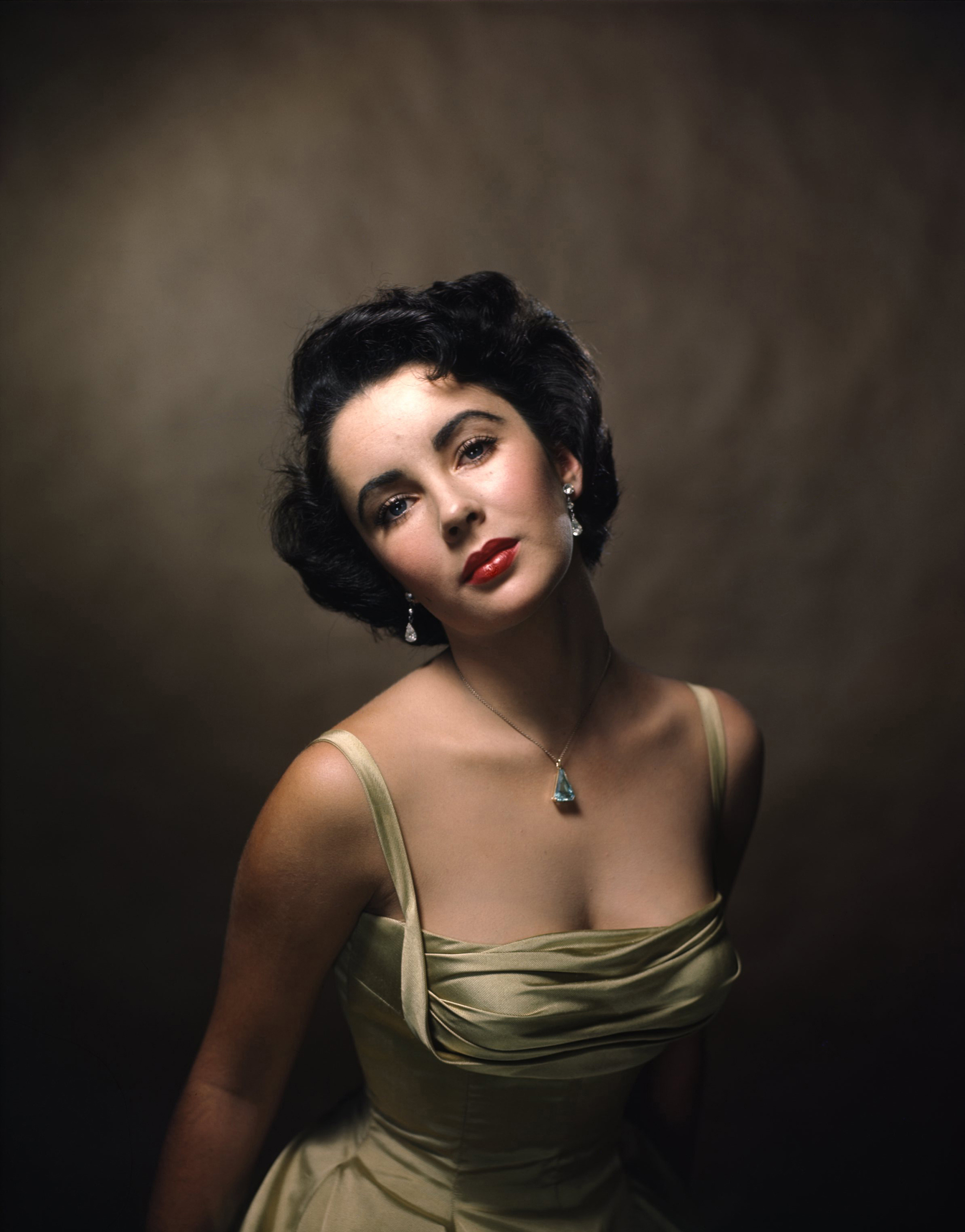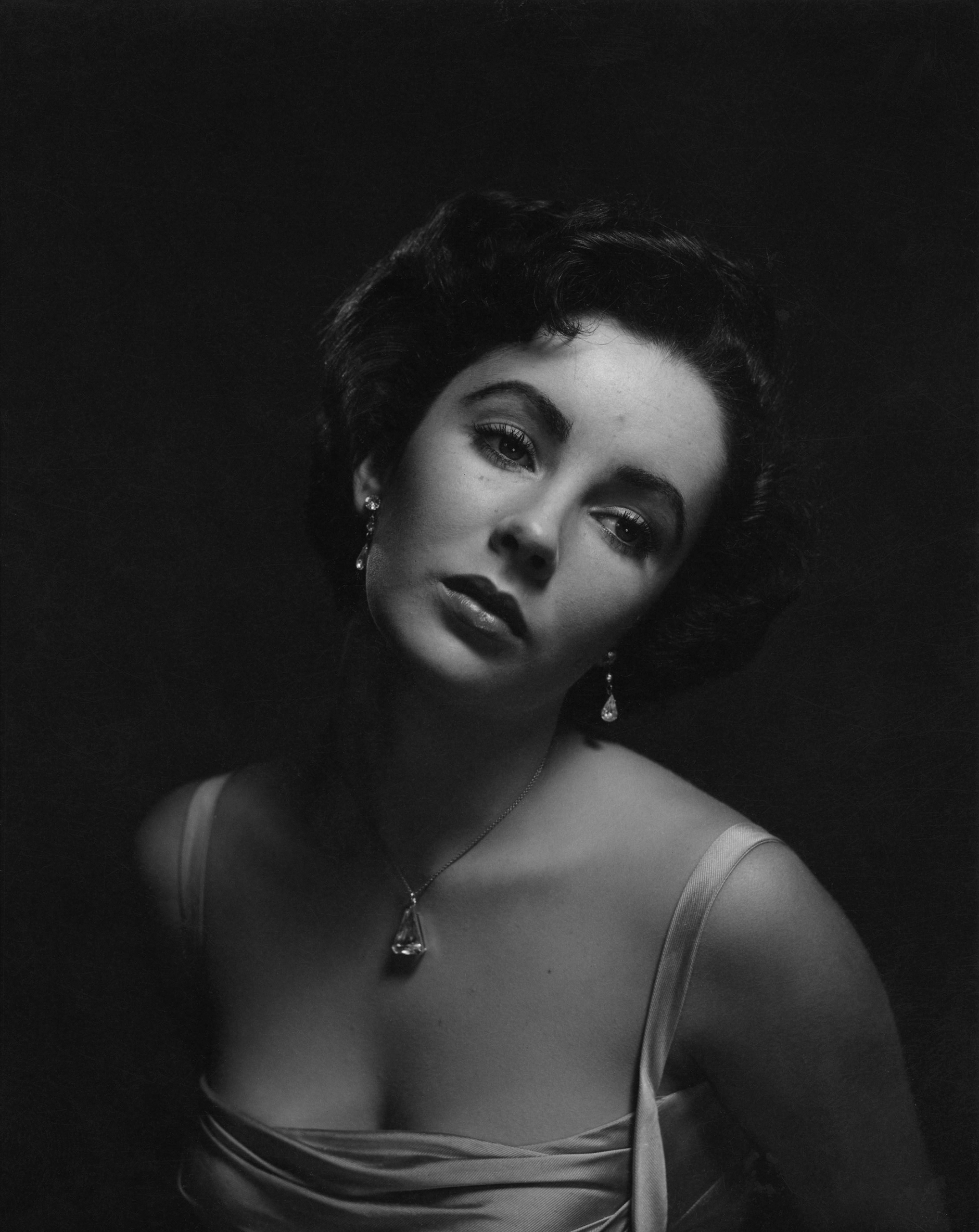
On what would have been Elizabeth Taylor‘s 85th birthday — the actor, born Feb. 27, 1932, died in 2011 — TIME looks back on one of the most iconic portraits ever captured of her.
Philippe Halsman, the prolific 20th-century portrait photographer, was assigned by LIFE Magazine to photograph Taylor for a profile story. Halsman was no stranger to LIFE: he had been a regular contributor since 1941 who captured the world’s leading figures, from Marilyn Monroe to Alfred Hitchcock to Winston Churchill, for the publication.
In October 1948, Taylor — who was only 16 at the time — arrived in a low-cut dress at Halsman’s New York City portrait studio, which still exists today and is now home to the Halsman Archive. “In my studio Elizabeth was quiet and shy. She struck me as an average teen-ager, except that she was incredibly beautiful,” Halsman reflected in his book Halsman: Sight and Insight.
Halsman had his one-of-a-kind hand-built 4×5 view camera ready to go with both black-and-white and color film.
“On a purely technical level, he pointed out that two sides of my face photographed differently,” Taylor would later recall. “One side looked younger; the other more mature. In posing for Halsman, I became instantly aware of my body.”
She also recalled Halsman shouting one particularly memorable instruction for her: “You have bosoms, so stick them out!”

Taylor had worn her own dazzling earrings but she didn’t wear a necklace. During the sitting, Halsman borrowed his wife Yvonne Halsman’s blue triangle pendant necklace and placed it around Elizabeth’s neck. This subtle decision added a new level of impact to the portrait. The necklace was later passed down to Halsman’s daughter Irene, who still cherishes the keepsake today.
In Taylor’s 1988 autobiography, Elizabeth Takes Off: On Weight Gain, Weight Loss, Self-Image, and Self-Esteem, she described the effect the portrait session had on her self-image: “[Halsman] was the first person to make me look at myself as a woman… After my session with Halsman, I was much more determined to control my screen image. I wanted to look older so I insisted on cutting my hair. In 1949 I went from portraying Amy in Little Women, another child-woman to playing a full-fledged romantic lead in The Conspirator. At barely seventeen, I grew up for all America to see.”
LIFE Magazine ran a color portrait, a wider frame with Taylor facing right, in its Feb. 21, 1949 issue.

Halsman ran into Taylor a few weeks later in Hollywood and when approached by him, she couldn’t remember where they had met.
“She could have not hurt me more,” he would later reflect. “Her words showed again how important a photograph can be and how unimportant the photographer who made it.”
Philippe Halsman’s work is currently on view at the CaixaForum Madrid in Spain and The Jewish Museum in Moscow.





More Must-Reads from TIME
- Donald Trump Is TIME's 2024 Person of the Year
- Why We Chose Trump as Person of the Year
- Is Intermittent Fasting Good or Bad for You?
- The 100 Must-Read Books of 2024
- The 20 Best Christmas TV Episodes
- Column: If Optimism Feels Ridiculous Now, Try Hope
- The Future of Climate Action Is Trade Policy
- Merle Bombardieri Is Helping People Make the Baby Decision
Contact us at letters@time.com